What Is the First Blood Draw Tube
Home » Resources »
How To Draw Blood
Learning how to draw blood is essential to becoming a phlebotomist.
And, in order to do so, one must learn and follow the proper steps to collecting blood - from gathering the right equipment to transporting the sample to the laboratory.
This fun and informative guide details the step-by-step process of taking a blood sample and makes a great reference for students and seasoned professionals alike.
Tip: Download and print our PDF version to use as a handy study guide or hang it in your work space as a quick reference!
HOW TO DRAW BLOOD A Step-By-Step Guide To Performing Venipuncture

Important: This guide follows the steps as outlined in the World Health Organizations Guidelines on Drawing Blood: Best Practices in Phlebotomy [1]. For the CLSI Updated Phlebotomy Procedures please click here to download.
Step 1: Gather Equipment
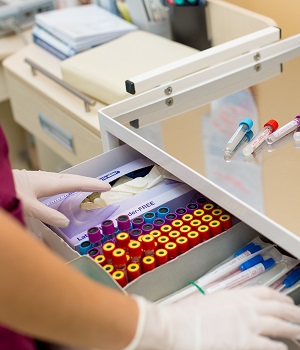
Gather the necessary equipment and tools used to perform the blood draw and place them on a tray that's within reach.
Typically, this will include (but, not limited to):
- Blood collection tubes
- Non-sterile gloves
- An assortment of needles and syringes of different sizes
- Tourniquet
- Alcohol and alcohol swabs
- Gauze or cotton balls
- Laboratory forms and blood-specimen labels
- Transportation bags and sharps container
Step 2: Prepping The Patient

Once you have the necessary supplies, it's time to ready the patient.
- First, introduce yourself and ask for the patient's full name.
- Double check that the patient's name matches the name on the lab form.
- Ask if the patient has any allergies or has had any issues or complications during previous blood draws.
- Make the patient comfortable if you sense any anxiety or fear.
- Ask the patient to extend their arm and place a clean towel or paper underneath.
- Explain the blood draw procedure and get verbal consent.
Step 3: Locate The Vein
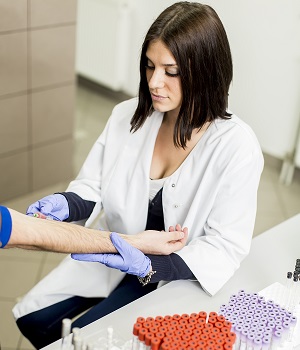
- With the patient's arm extended, inspect the antecubital fossa.
- Look for a visible, good-sized vein, which will typically be the median cubital vein. This vein should be clearly visible before applying the tourniquet
- Finally, apply the tourniquet 3 to 4 inches above the venipuncture site.
- Tip: Keep in mind that opting for the basilic vein increases the risk of damaging a nerve or artery and is typically more painful.
Step 4: Prepare Your Hands
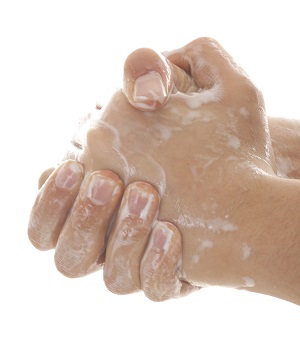
Proper hygiene is essential to safely performing venipuncture.
Be sure to wash hands with soap and water and dry with a clean, single-use towel.
Depending on workplace procedure, you may be able to clean hands with alcohol rub if they are not visibly contaminated
After cleaning your hands you may now put on non-sterile gloves.
Step 5: Disinfect Site
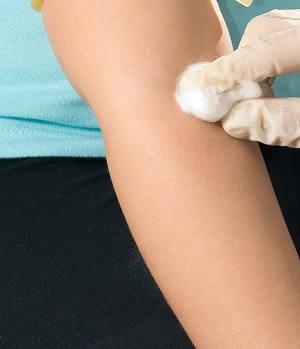
It's important to disinfect the site before drawing blood to reduce the chances of contamination.
- Cleanse the site with a 70% alcohol swab by starting from the center of the venipuncture site and working outwards, covering roughly 2-4cms
- Be sure to allow the area to dry to reduce the risk of contamination.
- Be sure to NOT touch the disinfected site. If site has been touched or contaminated, repeat the cleaning process.
Tip: Use alcohol to disinfect the site instead of povidone iodine to reduce the chances of false lab test results.
Step 6: Draw Blood
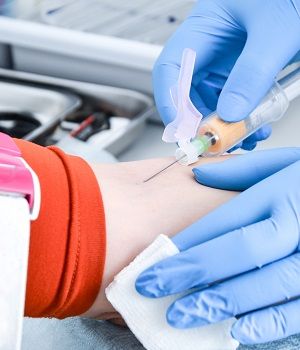
Perform venipuncture using the following steps:
- Place your thumb BELOW the venipuncture site to anchor the vein. Be sure not to touch the venipuncture site or you will need to repeat the cleaning process.
- Have the patient ball up their hand (form a fist).
- Puncture the vein quickly and at a 30 degree angle or less.
- Once the blood has been collected, first release the tourniquet. Be sure to do this before removing the needle from the vein.
- Slowly withdraw the needle and gently apply pressure to the puncture site with a clean gauze or cotton ball. Have the patient hold the gauze or cotton on the site with their arm extended.
Blood Draw Practice Kits
Step 7: Fill Tubes
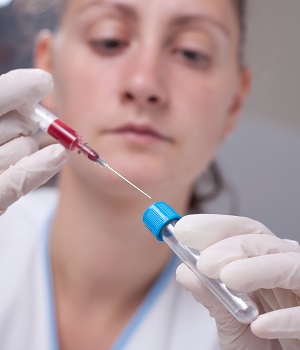
- When collecting multiple tubes of blood, it's preferred to use evacuated tubes with a needle and tube holder which allows the tubes to be filled directly. However, if that's not available, you may use a syringe or winged needle set. Be sure to place the tube into a rack before filling.
- Pierce the tube stopper with the needle applying gentle and steady pressure. Be careful to NOT press the syringe plunger to reduce the risk of hemolysis. If the tube does not have a rubber stopper, inject the blood slowly into the tube to minimize pressure and again to reduce the chances of hemolysis.
- Invert the tubes containing additives for the specified number of times by your lab.
Important: Be sure to follow the correct order of draw to avoid cross-contamination of additives.
Step 8: Complete The Procedure
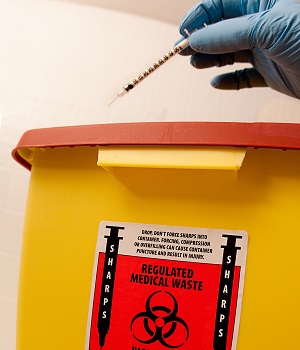
- Discard the used equipment into a puncture-resistant container (typically a Sharps container). Items that haven't touched blood may be discarded into a general waste container depending on state and/or local regulations.
- Double check that the labels and forms are completely and accurately filled out.
- Perform a check on your patient by asking how they feel and checking the insertion site to confirm it's not bleeding.
- Thank the patient and let them know that the procedure is now completed.
- Clean hands using the process described in step 4.
Step 9: Prepare Blood Samples
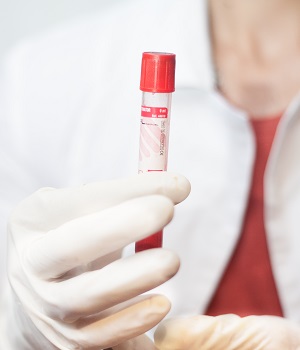
Place the collected samples into a plastic sealed and leak-proof bag for transportation.
In case there are multiple sample tubes, place the tubes in a rack to avoid any breakage and cross-contamination.
Place any forms in an outside pocket or compartment to reduce the risk of contamination.
Step 10: Clean Up
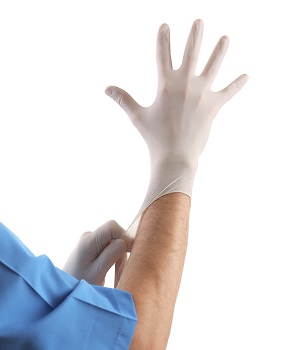
In the even that blood has spilled during the procedure or during transportation, follow these procedures:
- Put on gloves (You may even need an apron or gown if the spill is large).
- Soak up large spills with paper towels and discard them in an infectious waste container.
- Use a wet cloth to clean the spill as much as possible.
- Clean the area with a 1:10 dilution of a 5.25% chlorine bleach to water solution. Let the solution sit on the affected area for 10 minutes before wiping up.
- For surfaces that won't tolerate a strong bleach, use a 1:100 dilution of 5.25% bleach solution.
Share this page as an infographic! Simply copy the code below and paste it into your website.
Source:
"WHO Guidelines on Drawing Blood: Best Practices in Phlebotomy."
National Center for Biotechnology Information. WHO, 2010. Web. 2015.
http://www.ncbi.nlm.nih.gov/books/NBK138665/

Reviewed on January 10, 2018
What Is the First Blood Draw Tube
Source: https://phlebotomycoach.com/resources/how-to-draw-blood
0 Response to "What Is the First Blood Draw Tube"
Post a Comment